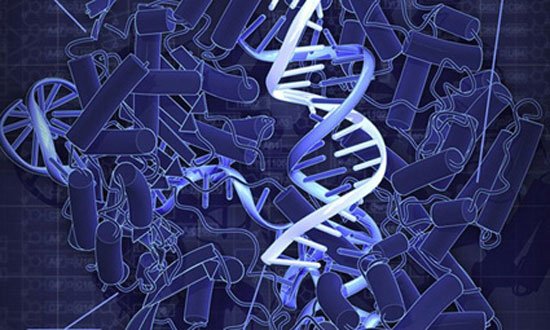
Anyone who thinks (or will come to think in the future) that the innovative recipe for genetic editing called Crispr/Cas-9 (see Cyborg 8: genetic cut-and-sew) is a pure product of human creativity is mistaken. For every reason in the world. And for this one, too: who owns the intellectual property of the achievement? Because without ownership (exploitation), no “miracles” exist.
In mid-February, the American “Patent and Trademark Office” decided that the patent (and therefore the exploitation rights) of CRISPR/Cas9 belongs to the Broad Institute, a consortium of Harvard and MIT. Because neither the capitalist world (in general) nor the techno-scientific one (in particular) is angelic, the Broad’s lawsuit was directed against French microbiologist Emmanuelle Charpentier (of the Berlin Max Planck Institute) and biochemist Jennifer Doudna (of the California-based Berkeley).
A moment of sympathy now: Charpentier and Doudna have been awarded many times and by various bodies for their discoveries in Crispr/Cas-9, and are internationally regarded as THE inventors of the method. They published their findings in the journal Science in June 2012, while one month earlier, in May 2012, they had filed an application to patent the method. In contrast, the Broad Institute team filed their application in December ’12—seven months later.
So what? The one who was supposed to win, won! Behind Broad is a company, Editas Medicine. Purely American… And what can the “office” do for you?
Patent either here or there, ultimately wherever it pays best. Moral of the story: anyone who thinks that “technology” is technology is making an unforgivable mistake. It’s capitalism, stupid!
